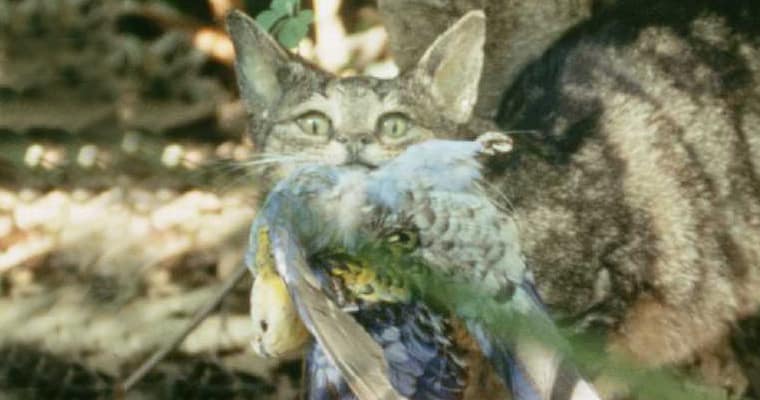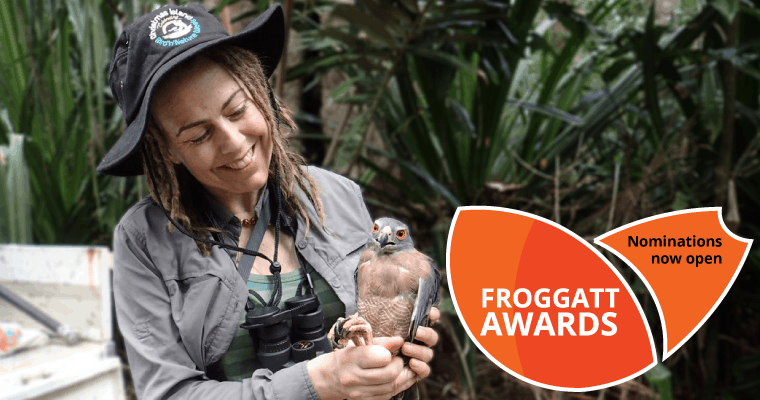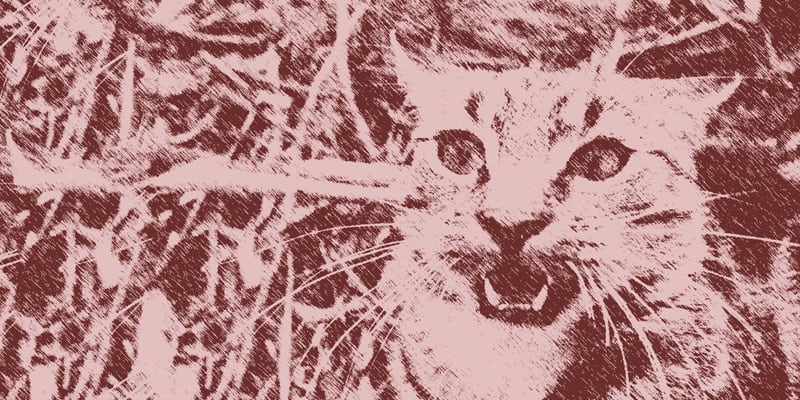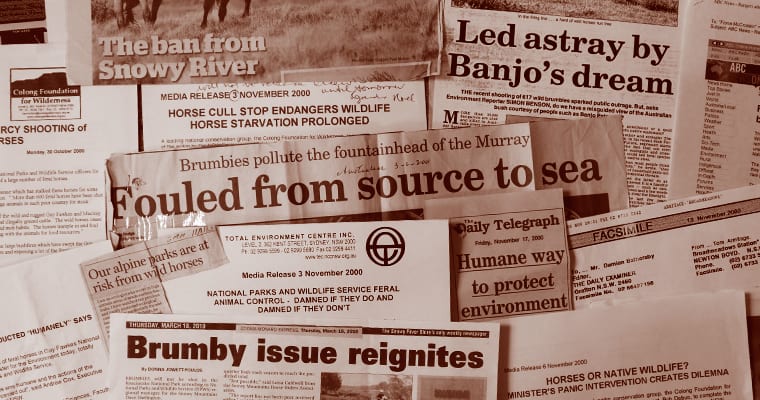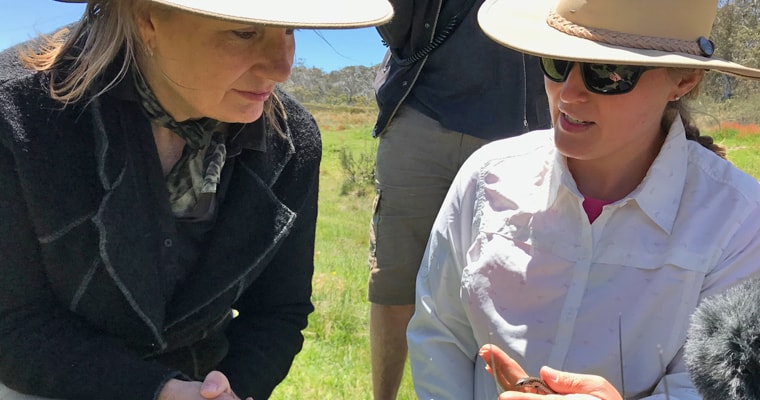
Federal minister praised for call to action on Alps horses, pests and weeds
Federal environment minister Sussan Ley announces $8 million for bushfire recovery in the Australian Alps, wants action on growing feral horse numbers in Kosciuszko National Park.















